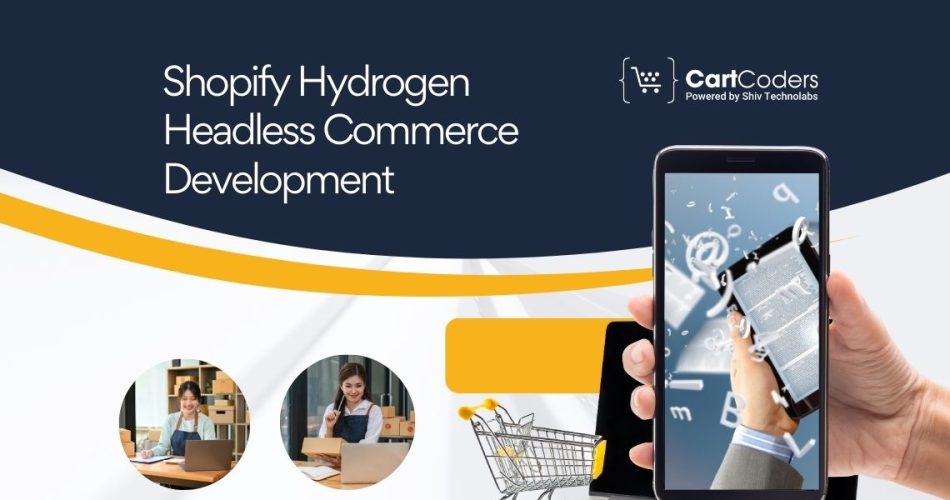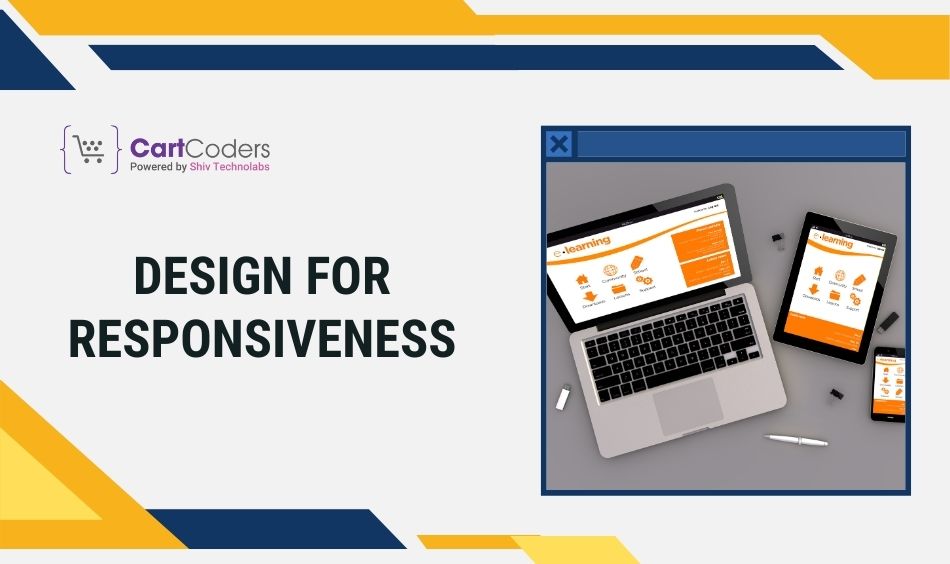Custom Engagement Solutions
Unlock tailored solutions with a free, no-obligation strategy session.
Expert Developers & Engineers on Demand
Scale Your Team with Skilled IT Professionals
Expert Guidance for Digital Transformation

As the eCommerce industry continues to evolve, businesses are seeking innovative solutions to stay ahead. Shopify Hydrogen, a powerful framework designed for headless commerce, provides the flexibility and customization that modern businesses need to create unique and responsive online stores. In this guide, we’ll delve into essential tips for mastering Shopify Hydrogen headless commerce development, helping you start a headless Shopify store that stands out.
Before diving into the technicalities, it’s essential to understand what headless commerce is. Traditional eCommerce platforms typically have tightly integrated front-end and back-end systems. In contrast, headless commerce separates these two components, allowing developers to build custom front-ends while using Shopify’s robust back-end. This separation offers more flexibility in design and functionality, enabling you to create a more tailored shopping experience.
Starting a headless Shopify store allows for greater creative freedom, giving you the ability to build an interface that aligns with your brand identity without being restricted by traditional themes.

Your development team is crucial to the success of your Shopify Hydrogen project. Whether you decide to work with an in-house team or hire a specialized Shopify Hydrogen headless development company, make sure they have experience in headless architecture and are proficient in modern technologies like React, GraphQL, and JavaScript frameworks.
A team with a strong background in Shopify headless commerce will be able to execute your vision effectively and help you navigate any challenges that may arise. Partnering with a company that offers comprehensive Shopify Hydrogen headless development services can be especially beneficial, providing you with the expertise needed to bring your project to life.
A successful project begins with a well-structured plan. Clearly define your objectives, target audience, and the features you want to implement in your headless Shopify store. A thorough plan should include a detailed timeline, budget, and resource allocation to keep the project on track.
Consider how your headless Shopify store will integrate with other systems, such as inventory management or CRM platforms. Effective communication and documentation during the planning phase will ensure that your development team is aligned with your business goals.
Shopify Hydrogen offers seamless integration with Shopify’s powerful APIs, such as the Storefront API and Admin API. These APIs allow you to access and manage store data, products, orders, and customers, providing the foundation for a highly interactive and responsive headless Shopify store.
By utilizing these APIs, your development team can build a dynamic front-end that meets your specific needs. Understanding and properly implementing these APIs is crucial for maximizing the potential of your headless commerce project.
In the world of eCommerce, performance is paramount. A slow website can lead to high bounce rates and lost sales. When developing a Shopify headless store with Hydrogen, focus on optimizing performance from the start.
Implement strategies such as lazy loading, code splitting, and efficient caching to improve load times. Using Shopify’s Content Delivery Network (CDN) will also help deliver assets quickly and efficiently. Regularly monitor performance using tools like Google Lighthouse and make necessary adjustments to maintain a fast and smooth shopping experience.

With a significant portion of online shopping done on mobile devices, your headless Shopify store must be fully responsive. Shopify Hydrogen allows for custom designs that look and function well on any device, whether it’s a desktop, tablet, or smartphone.
Incorporate responsive design principles, such as fluid grids and flexible images, to ensure a consistent user experience across all devices. A responsive design not only improves usability but also contributes to higher customer satisfaction and conversion rates.
One of the standout features of headless commerce is the ability to offer personalized shopping experiences. Shopify Hydrogen enables you to tailor content, product recommendations, and promotions to individual users, creating a more engaging and relevant shopping journey.
Consider integrating AI-driven personalization tools that analyze customer behavior and preferences. This approach can significantly boost conversion rates and build customer loyalty by providing a shopping experience that feels unique to each user.
Search engine optimization (SEO) is critical for driving organic traffic to your headless Shopify store. While Shopify Hydrogen gives you more control over your front-end, it also means you need to be proactive in implementing SEO best practices.
Ensure your store’s code is clean and well-structured, with proper HTML tags, meta descriptions, and schema markup. Additionally, optimize page load speed, as it’s a crucial factor in search engine rankings. Creating a content strategy that includes well-optimized product descriptions, blog posts, and landing pages will also help improve your store’s visibility in search results.
Progressive Web Apps (PWAs) offer an app-like experience within a web browser, making them an excellent addition to your headless Shopify store. With Shopify Hydrogen, you can develop a PWA that provides fast load times, offline capabilities, and push notifications, enhancing the overall user experience.
PWAs can drive higher engagement and retention by offering a smooth, high-performance experience across all devices. They also help reduce friction in the shopping process, which can lead to increased sales and customer satisfaction.
As your business grows, your eCommerce platform needs to be able to handle increased traffic, products, and transactions. Shopify Hydrogen’s headless architecture is designed to be scalable, allowing your store to grow without compromising performance.
When planning your headless Shopify store, think about future growth and ensure your infrastructure can support it. This includes choosing a scalable hosting solution and designing a modular front-end that can be expanded or updated as your business needs change.
Security is a critical concern for any eCommerce store, especially when dealing with customer data. Shopify’s back-end provides strong security features, but when building a headless Shopify store with Hydrogen, you also need to ensure your custom front-end is secure.
Implement HTTPS across your site, keep dependencies up-to-date, and conduct regular security audits to identify and address vulnerabilities. Additionally, make sure your store complies with relevant data privacy regulations, such as GDPR or CCPA, by implementing features like cookie consent banners and data privacy policies.
Lastly, consider partnering with a specialized Shopify Hydrogen headless development company. These experts bring a wealth of knowledge and experience, helping you navigate the complexities of headless commerce and ensure your project is executed to the highest standards.
A reliable development partner can provide end-to-end Shopify Hydrogen headless development services, from initial concept to deployment and ongoing support. This allows you to focus on your core business while the experts handle the technical aspects of your headless Shopify store.
Shopify Hydrogen presents a powerful opportunity for businesses looking to innovate and differentiate themselves in the competitive eCommerce landscape. By following these 12 tips, you can successfully develop a headless Shopify store that meets your business needs and delivers an exceptional shopping experience.
Whether you’re starting from scratch or upgrading an existing site, investing in Shopify headless (Hydrogen) development is a strategic move that can position your brand for long-term success. Consider CartCoders Who are enlisting the help of a Shopify Hydrogen headless development company to bring your vision to life and achieve your eCommerce goals.
Projects delivered in 15+ industries.
95% retention rate, building lasting partnerships.
Serving clients across 25+ countries.
60+ pros | 10+ years of experience.